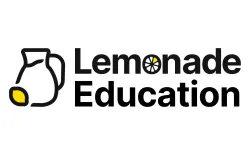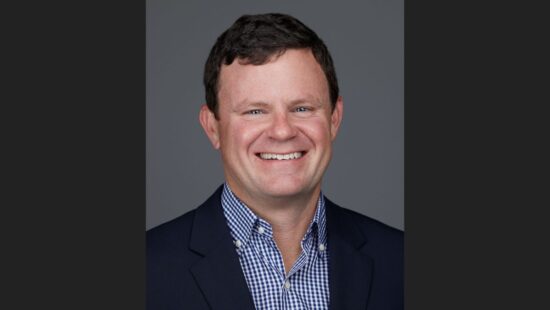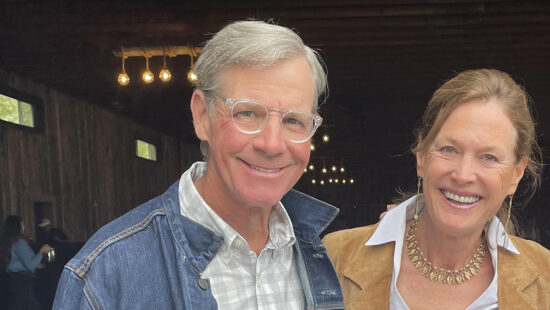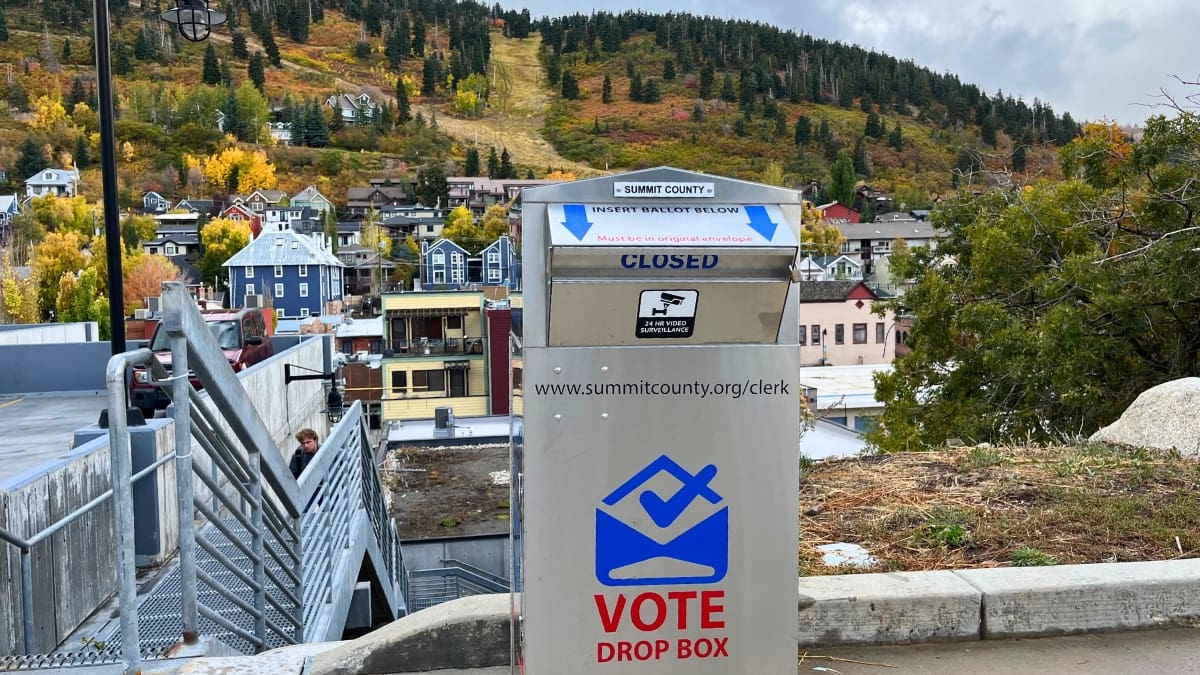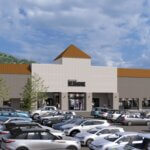Politics
Meet Park City’s mayoral candidates: Jack Rubin on the city’s future
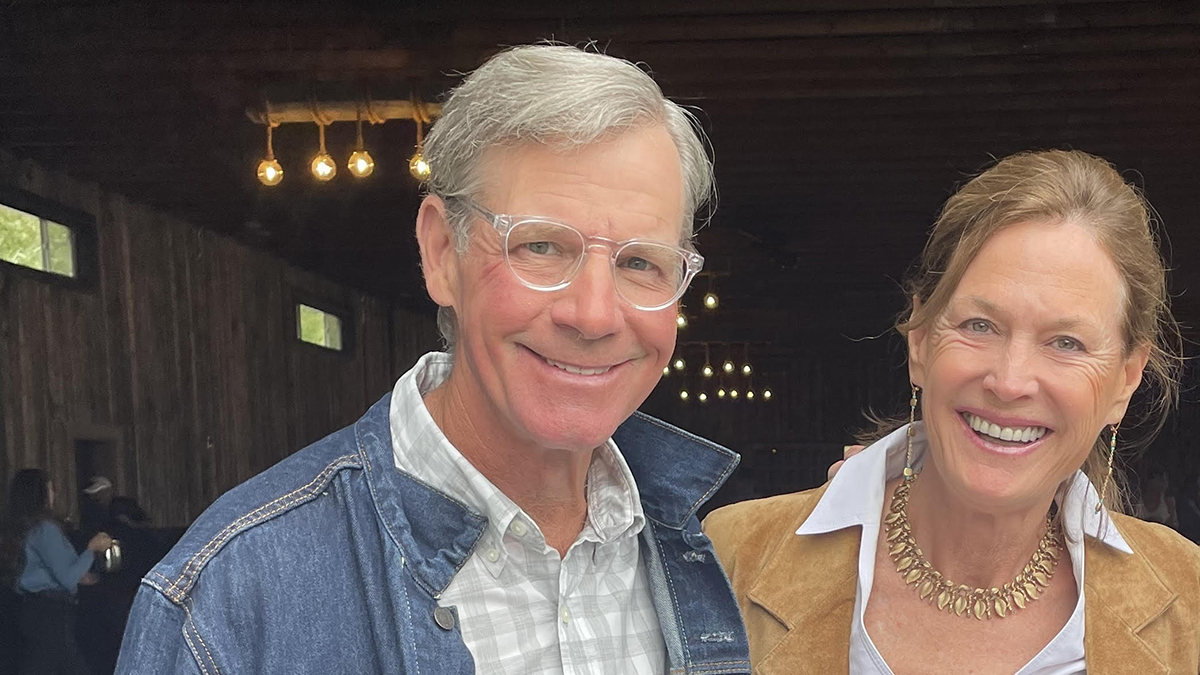
Jack and Jamie Rubin. Photo: courtesy Jack Rubin
PARK CITY, Utah — As Park City prepares to elect its next mayor, three issues are shaping the conversation about the community’s future: growth at Richardson Flat, the economic health of Main Street, and the city’s complex relationship with ski resort owners. These topics cut to the heart of Park City’s identity — balancing open space and development, sustaining a tourism-based economy, and ensuring that the global corporations operating its ski mountains remain accountable to the people who live here.
In this election series, TownLift asked the candidates to share their specific plans and perspectives on each of these defining issues. Their answers reveal philosophies about how Park City should grow, adapt, and negotiate with powerful partners, while staying true to its mountain-town character.
First up: Jack Rubin — his views on how to manage development at Richardson Flat, revive Main Street, and ensure that the city’s resort partners are part of the solution, not the problem.
Richardson Flat
TL: The first thing we’d like to talk about is the area of Richardson flat and the 1999 development agreement. There seem to be two schools of thought on the area. On the one hand amending the development agreement and allowing for some development there could mitigate, but maybe not totally fix, some of Park City’s problems – traffic, affordable housing, transportation. On the other hand – amending the agreement would mean re-zoning land, reclassifying land from open space. Would you consider amending the development agreement? Specifically why or why not?
JR: Richardson Flat sits at a critical crossroads geographically, politically, and economically. It’s a patchwork of parcels, most of which Park City doesn’t own. Some fall within Hideout’s annexed area, already slated for dense, mixed-use development. Next to that, between Hideout and our Clark Ranch open space, the Larry H. Miller Group holds title to land that includes the site we lease for the Richardson Flat Park & Ride. That property was originally open space until Mayor Dana Williams amendedthe 1999 Flagstaff Development Agreement to rezone it for parking, a move that has proven visionary as we capture more cars before they enter town each year.
The City is contemplating
Meanwhile, the Miller family is well-connected at the state level, and pretending their land will remain untouched isn’t realistic. We can either refuse to engage and risk state intervention, or we can begin a good-faith dialogue with the Millers to explore a balanced path forward. That’s not capitulation. It is smart, strategic negotiation from a position of awareness rather than resistance.
I firmly support conserving 100% of Park City’s Clark Ranch open space, but just beyond it, growth is already coming by way of housing, grocery stores, parks, and retail. The question isn’t whether development happens; it’s who shapes it? My goal is to ensure any rezoning proposals on land we don’t own offers real value to Park City – better transit connections, workforce housing that prioritizes our local job base, and design that respects the open-space character of our eastern gateway. The future of Richardson Flat is about managing inevitable growth on our terms.
Main street
TL: Topic number two is Main street and Park City as a tourism destination and our resulting tourist economy. Visitation to Main Street is down by hundreds of thousands of people per year. This seems problematic as we compete for tourism dollars and the health of our businesses rely on visitors. What specifically will you do to ensure that Main Street remains vibrant, busy and holds on to its character? Are there any specific regulations or policies that you think are outdated or are holding back the long-term health of tourism in Park City?
JR: Tourism is down across Park City, not just on Main Street, for a simple reason: we’re no longer delivering the experience visitors expect. The ski patrol strike damaged the Park City brand and will take years to rebuild. Traffic and congestion were key factors in Sundance relocating to Boulder. And China Bridge now reaches capacity during every Silly Sunday and major event, proving we don’t have enough parking to support our businesses or guests.
Main Street also faces unique physical constraints – one long, steep street surrounded by residential neighborhoods – which makes pedestrian and vehicular circulation particularly challenging. Locals want pedestrian-only days; business owners need deliveries and access for customers. The right answer is a hybrid system that gives us both. Automatic bollards could manage car access dynamically – open for deliveries in the morning, pedestrian-priority by midday, and reopened for evening dining and rideshare. Small electric shuttles or a trolley loop would provide continuous uphill access and ADA support.
We must also overhaul event code so Main Street businesses benefit directly from the closures and disruptions they shoulder. Impact fees should go to affected merchants, not general city coffers.
And before China Bridge reconstruction begins, we need a detailed plan for alternative parking and transit. Without it, Main Street’s recovery could collapse under its own traffic.
Park City’s Main Street remains our crown jewel – historic, authentic, and adaptable. If we modernize our infrastructure, protect our small businesses, and improve the visitor experience, Main Street will thrive even as new resort base areas come online.
Vail Resorts
TL: Given the troubles at Park City Mountain Resort last season with the ski patrol strike, the changes in leadership and decline in Vail Resorts, Inc stock, what would you do in the role of Mayor to ensure the resort owners are good partners to the community?
JR: Vail Resorts has seen its share of struggles in recent years, specifically in regards to share price. Here in Park City, that manifests in declining guest satisfaction, the ski patrol strike, and deferred maintenance at Park City Mountain. But the bigger issue for Park City the community is ensuring that resort operations don’t compromise our quality of life or our local economy.
Both Park City Mountain and Deer Valley drive tax revenue for 84060, as well as Summit and Wasatch Counties. Our focus must be on local impacts, specifically traffic, transit, and community benefit. For decades, traffic has been Park City’s biggest pain point, and we’ve never had more leverage to address it than we do right now. Utah courts confirmed that skier capacity at Park City Mountain is enforceable under its Development Agreement. That’s where accountability begins. If Vail complies, new lifts and redevelopment of the base area can proceed smoothly. If they seek to amend the agreement, I’ll launch that process transparently, on day one, with public input and clear conditions that protect our residents.
Deer Valley must also deliver on commitments made in exchange for 2.6 acres of public roadway awarded to them in 2023: using $15 million in taxpayer funds responsibly, completing the Snow Park gondola before adding density at Silver Lake, and ensuring traffic plans are in place to minimize disruption for residents.
Park City is unique in hosting two of the world’s most renowned ski resorts – one Epic, one Ikon. Local resort leaders, Deirdra Walsh and Todd Bennett, care deeply about this community. Our best path forward is through open collaboration with them, backed by public transparency, regular joint meetings, and shared accountability on housing, traffic, and sustainability.
It’s time for Park City Municipal to stop managing from the sidelines. Our resorts must be true partners, accountable to the community they call home and its residents first and foremost.
Ryan Dicky’s responses to the same questions can be read here : https://townlift.com/2025/10/meet-park-citys-mayoral-candidates-ryan-dickey-on-the-citys-future/
Meet Park City’s mayoral candidates: Ryan Dickey on the city’s future














